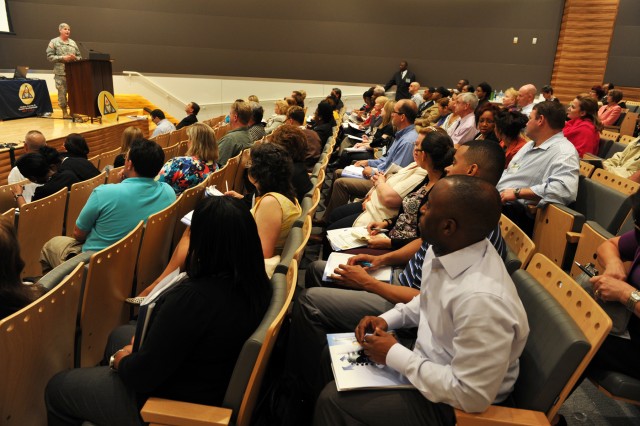
(Example: Permanent Change of Station - Relocated due to U.S.

Most civilian employers do not deal with military acronyms and language on a daily basis so they are unfamiliar with military jargon. While creating your resume you will want to avoid military specific language. For additional resume guidelines and examples of military experience to civilian resumes please see the Department of Labor's TAP information online. Its origins go back to the early 1920s during the Second World War, it was one of the airports used for the British Commonwealth Air Training Plan, which produced Allied pilots.Below is some basic information adapted from the Department of Labor's Transition Assistance Program (TAP) Manual. The school therefore enjoys a very favourable air traffic environment for its training operations. Two dedicated test areas Delta and Juliet a low altitude one to 12000 feet and a high altitude one over Lake Huron, up to F元50, north west of London may be used by the school under an agreement with NAV Canada, the Canadian Air Traffic Control Authority. The airport is south of Toronto and outside the Toronto (CYYZ) FIR, with large nearby sections of Class E and G airspace, minimizing transit times for the execution of flight exercises which can be flown up to FL180 on a VFR flight plan but are Controlled VFR (CVFR) with flight control by Toronto Centre above 12000 feet. As of 2009, London International was the 20 th busiest airport in Canada, which translates into very few traffic delays for school operations. The airport is an international gateway with direct flights from Chicago and Detroit, and features Canada Border Services Agency facilities. We exceed both industry standards and your expectations! ITPS is proud of its established track record for providing cost-effective flight test training to air forces and civilian industry around the world. Students gain valuable insight from previous flight test and certification programs while our expert staff explain the intent and interpretation of the regulations. On the military side, ITPS has been selected as the chosen training partner for 25 air aims to date.

Civil expertise covers the flight testing and certification of Part 23, 25, 27 and 29 aircraft categories. Whether civilian or military, fixed- or rotary-wing, our courses are based on a solid foundation of more than 30 years of flight testing aircraft for a wide range of international manufacturers and air arms.Ĭollectively, our instructors represent the best of international flight test experience. ITPS arms pilots and flight engineers with the skills and specialized knowledge they need to succeed as elite flight test professionals.
#Civilian g force training professional#
Our professional approach to flight test training is innovative and responsive and contains a truly international dimension that enriches the learning experience for students, exposes them to a variety of technologies, operating concepts and cultures reflecting the real world of flight testing as a profession. Our highly qualified expert team of instructors ensures that ITPS provides up-to-date, effective and affordable training to customers. Our bespoke fixed- and rotary-wing training programs have been delivered civilian and military flight test professionals who have subsequently defined some of the world’s most innovative and exciting aircraft. Established in the UK in 1986 and now located at London International Airport (CYXU) in Ontario, Canada, ITPS has been equipping accomplished pilots and aeronautical engineers with highly specialized flight testing skills in Canada since 2001. Welcome to International Test Pilots School (ITPS), your best choice for targeted, real world test pilot and aeronautical engineer training.


 0 kommentar(er)
0 kommentar(er)
